A scraggly, hoarse voice announces, almost unintelligibly, “I’m always in the vanguard, I’m always after the best in my music.”
The voice belongs to Miles Davis, age 59 at the time, certainly worse for wear, in an inexplicable commercial that has been mostly lost to time. “It’s a miracle,” he deadpans, before it cuts to a hero shot of the product he finds so captivating: VAN shōchū.
How did Miles Davis, the enigmatic trumpeter and one of the key figures in the history of American music, end up as the pitchman for not just shōchū — a Japanese category of spirit almost completely unknown to Americans at the time — but an obscure brand of it at that?
“In the U.S., doing commercials is seen as cheapening a star’s reputation, but not so in Japan,” explains Joe Quinlan, content manager for Keiza Silicon Valley, a U.S./Japanese networking organization. He cites such A-listers as Madonna, Sylvester Stallone and Arnold Schwarzenegger, all of whom would never appear in the kinds of commercials stateside they have done spots for in Japan. “The U.S. celebrities have long been well-compensated for doing this.”
And if there were ever a land that celebrated Davis as much as the one he called home, it was Japan. Starting as early as 1910, jazz music began seeping into the country, first via traveling Filipino musicians who played in ocean-liner orchestras launching from San Francisco, and eventually via Japanese-released jazz records and movie scores. The genre really began to boom once U.S. troops arrived after World War II, who not only brought with them records from home, but also began organizing jazz ensembles at nightclubs. All this is to say that, after the release of his critically acclaimed Birth of the Cool album, Miles Davis was very well-known in Japan. He would even visit the country for the first time in 1964.
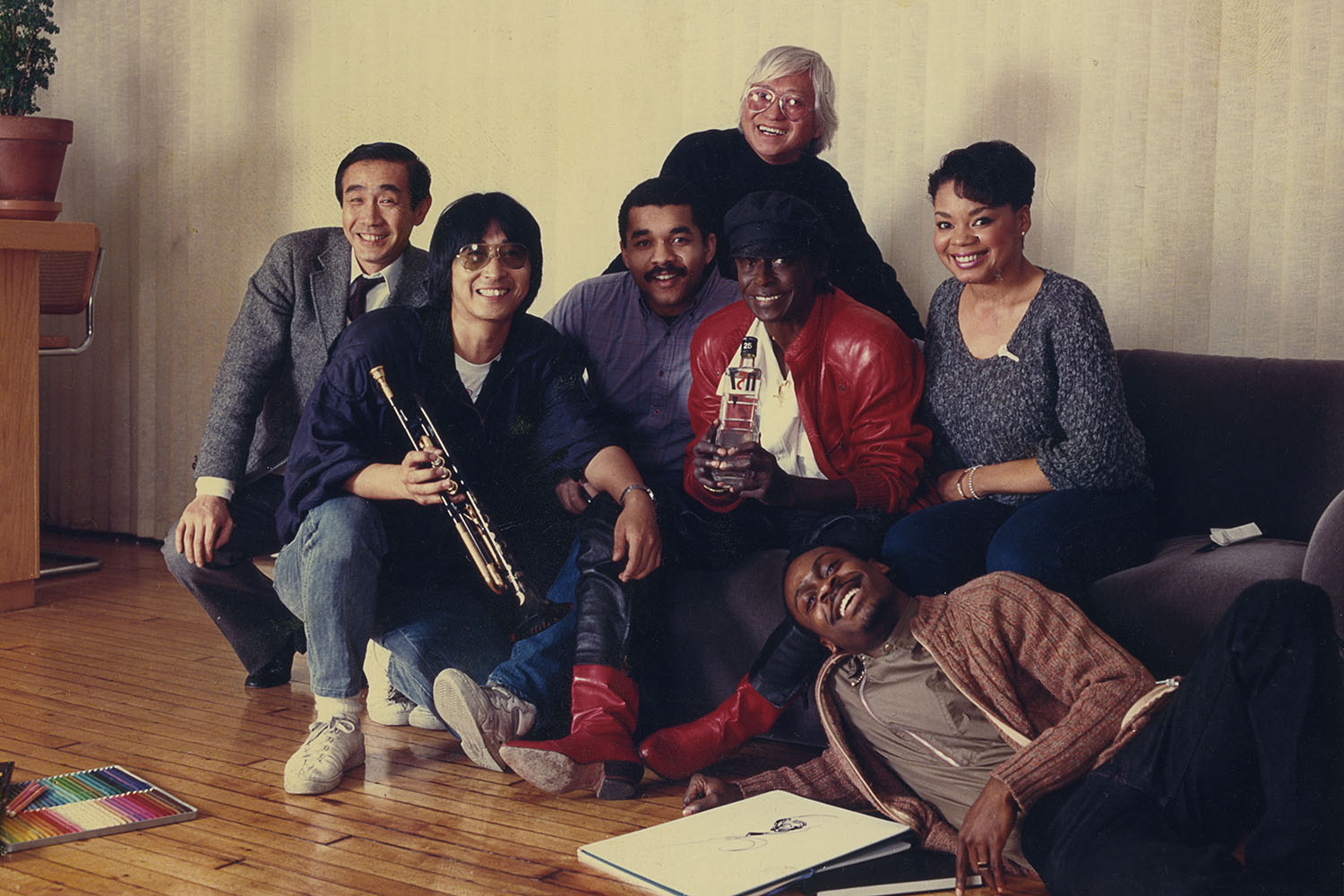
“Flying to Japan is a long-ass flight,” Davis wrote in Miles: The Autobiography. “So I brought coke and sleeping pills with me and I took both. Then I couldn’t go to sleep so I was drinking, too. When we landed there were all these people to meet us at the airport. We’re getting off the plane and they’re saying, ‘Welcome to Japan, Miles Davis,’ and I threw up all over everything.”
Despite that, he was treated like a king, and in return quickly found an affinity for Japan and its people, especially the women, whom he often noted were some of the “finest” in the entire world. But the pay was outstanding, too, and would lure him back every few years. By 1981, an eight-concert tour through Japan netted Davis some $700,000.
However, Davis wasn’t simply playing big-venue concerts and jam-packed overseas festivals in the 1980s. Late-1970s drug-bingeing, as well as continual health problems, had put his career on hiatus. From 1975 to 1981, he went through a self-professed “cooling out” period, and encountered money issues along the way. Afterward, he seemed determined to never let it happen again, especially as he entered his golden years.
Thus, unlike a lot of other jazz musicians who would strictly eschew less-than-classy gigs, Davis had no problem taking low-stakes paycheck work as a side hustle. In 1986, he played a drug-dealing pimp on a Season 6 episode of Miami Vice. Two years earlier, he did a commercial for Honda Scooters, which had really opened his eyes to the king-making powers of television.
“[That] one commercial got me more recognition than anything else I have ever done,” he wrote in his autobiography. “[P]eople who hadn’t ever heard of me started speaking to me on the streets, black and white and Puerto Rican and Asian kids, people who didn’t even know what I did, started speaking to me after I did those things. Man, now ain’t that a bitch. After you make all this music, please all these people with your playing, and are known all over the world, you find out that all it takes is one commercial to put you over the top in people’s minds.”
In Japan, jazz music was having a major resurgence in the mid-1980s, with a magazine on the topic, Swing Journal, selling 400,000 copies a month. With the genre slumping in America, Japanese audiences were accounting for as much as 50 percent of American artists’ record sales. The country’s booming economy was felt elsewhere, as well, including in the world of spirits, where shōchū was enjoying a huge resurgence.
Shōchū is a colorless, odorless, yet often challenging spirit typically distilled from rice (known as kome-jochu), barley (mugi-jochu) or sweet potatoes (imo-jochu), but sometimes even chestnuts, buckwheat, carrots, brown sugar or “just about anything else that the mind can conceive and the stomach can bear,” according to New York Times reporter Clyde Haberman. It has been around since at least the 16th century, but by the 1970s it was dying in Japan, viewed as rotgut enjoyed strictly by peasants and lower-class workers.
Of course, young people love what their parents hate, and by 1984 shōchū sales were on the rebound, up 40 percent. Eventually, it became the hottest spirit in Japan, ushered in alongside the white wine, vodka and tequila that were becoming all the rage in a calorie-conscious world. Lighter than those spirits and typically checking in at around 25 percent ABV, it was easy to binge-drink, which made it a hit with the nation’s youth. It was also exceedingly cheap, often priced at around just $2 per quart.
By 1985, the New York Times was even reporting on the trend of “a new cachet for an old drink.” There were then 800 shōchū distilleries across the country, and everyone wanted a piece of the expanding market, especially Sanraku Co. At the time, the beverage company was doing very well thanks to their higher-end Chateau Mercian brand of Japanese domestic wine. Why not throw some of those profits towards shōchū, and one with a uniquely Western twist to it? Enter VAN.
“This VAN brand of shōchū seems to only have been sold briefly in the ’80s or so,” explains Quinlan. Its name may be a tad confusing to Nipponophiles, since there is a famous Japanese menswear brand of the same name and a similar logo, though they had nothing to do with each other.
Christopher Pellegrini, a shōchū expert and author of The Shochu Handbook: An Introduction to Japan’s Indigenous Distilled Drink, has never tasted the short-lived product, but says he’s aware of it. “My understanding is that it was actually a ‘korui’ shochu [one produced in a column still], so it likely tasted like vodka which has no relation to traditional honkaku shōchū, which is distilled once in a pot still,” he explains. “Korui is best suited as a chūhai [highball cocktail] base.”
Quinlan further speculates that, because of this, Sanraku wanted an American idol to promote it, and thus Davis that was hired to give the brand a big send-off into the world. He admits that was definitely atypical for the time.
“It is a little strange that Miles Davis was promoting shōchū,” says Quinlan. “More typically, Western celebrities would promote beer or whiskey.”
He points to Mike Tyson’s Suntory Dry commercial as a perfect example. Japanese liquor ads were particularly lucrative for Americans — remember, spirits weren’t advertised on American television from 1948 to 1996, since companies adhered to a self-imposed ban to keep the government off their backs.
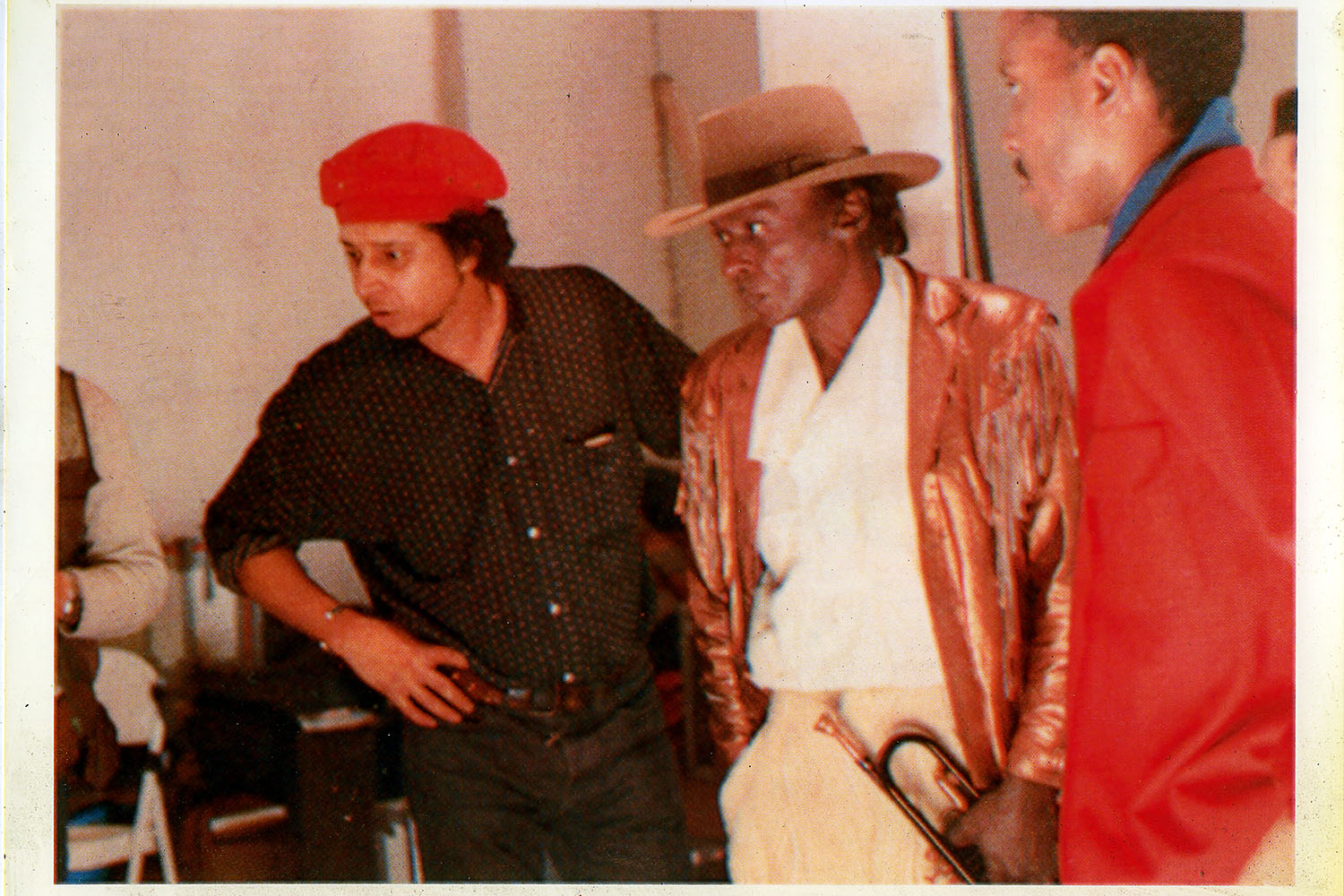
It wasn’t only the expected movie stars and sports heroes doing Japanese liquor commercials in the 1980s, though. In fact, quite a few jazz musicians were also doing spots. A Japanese jazz saxophonist, Sadao Watanabe, was in a slew of commercials, for everything from cigarettes to health tonics. Suntory, meanwhile, employed such artists as Herbie Hancock, Branford Marsalis, Ron Carter and Bob James, as well as Steve Gadd, Cornell Dupree, Eddie Gomez and Richard Tee in their whiskey commercials. The lyric-less music was a perfect accompaniment to selling products, with even Richard Gere playing jazz piano in a Japan Airlines commercial from the era.
“The foreign superstars rarely speak,” wrote Marie Okabe of UPI, in a 1986 story about the phenomenon. “If they do, it’s usually no more than a few words, simple and catchy phrases that don’t make much sense in English but are easily understood by the Japanese.”
And then we find Davis, breaking all those rules. He blares his trumpet in an empty Manhattan loft — Okabe reported that it was literally Davis’s apartment in real life — before he appears to bite a lemon then take a swig from an ice-filled tumbler of shōchū. It would seem that his patter is comparing the vanguard of his music to the avant-garde quality of the spirit in his glass.
“I think the Miles Davis commercial shows why Sanraku chose the name ‘VAN’ — they took the first syllable of ‘vanguard,’” says Quinlan. He notes that “van” is not a term in Japanese and that the “v” sound doesn’t even formally exist in the language. “This new shōchū was promoted with an image of being Western and advanced, a leading-edge type of shōchū. I can just see some Japanese marketing guy at Sanraku getting enthralled with the English word ‘vanguard,’ and then choosing VAN for the name of the new shōchū.”
The spot was directed by first-timer Anthony Barboza, who was already by then a legendary fashion and arts photographer famous for his portraits of James Baldwin and Debbie Harry, among others. He had first shot Davis back in 1971 for an Essence Magazine spread, and the two became friends. In fact, the Japanese advertising agency had specifically tapped Barboza for the job because they knew he could handle the famously temperamental Davis. He gathered an all-black crew — alongside the all-Japanese executives — for a four-day shoot in a lower Manhattan photography studio (not Miles’s apartment, in fact) to film the first ever spot for this brand-new liquor.
“Miles didn’t like the wardrobe that the Japanese people brought to him,” recalls Barboza, “so he went out and bought $7,000 worth of clothes, including a really nice leather jacket.”
Barboza also shot a series of still photographs of Davis, some of which would be used for print advertisements, and others for billboards that would be placed all over Japan. In them, you can get a better look at what a $7,000 fringed leather jacket looks like. For his efforts, Davis was paid $250,000 (about $650,000 in today’s money) and Barboza pulled in a good five figures, he recalls. They might be the only two people that profited from this ill-conceived venture.
“The VAN brand of shōchū was a big flop and had a very short life, probably because shōchū is so quintessentially Japanese, and a foreign-style shōchū just didn’t make sense to most,” says Quinlan.
Sanraku would eventually become Mercian Corporation, trying to capitalize on their wine, which was, in fact, a success. Today, they are an operating unit of Kirin, the conglomerate probably best known for their beer of the same name and for owning American alcohol companies like Four Roses Distillery and Brooklyn Brewery. The name Sanraku lives on today as a cheap shōchū brand.
Barboza would maintain a friendship with Davis until the legend’s death in 1991, even doing shoots for New York Times Magazine feature as well as for his You’re Under Arrest album cover. And Davis must have had a good, or at least lucrative, experience with Japanese commercials — he would do another one for TDK Cassettes in 1989, spouting out lines that are even more bonkers than those in his shōchū ad.
A miracle indeed.
Join America's Fastest Growing Spirits Newsletter THE SPILL. Unlock all the reviews, recipes and revelry — and get 15% off award-winning La Tierra de Acre Mezcal.
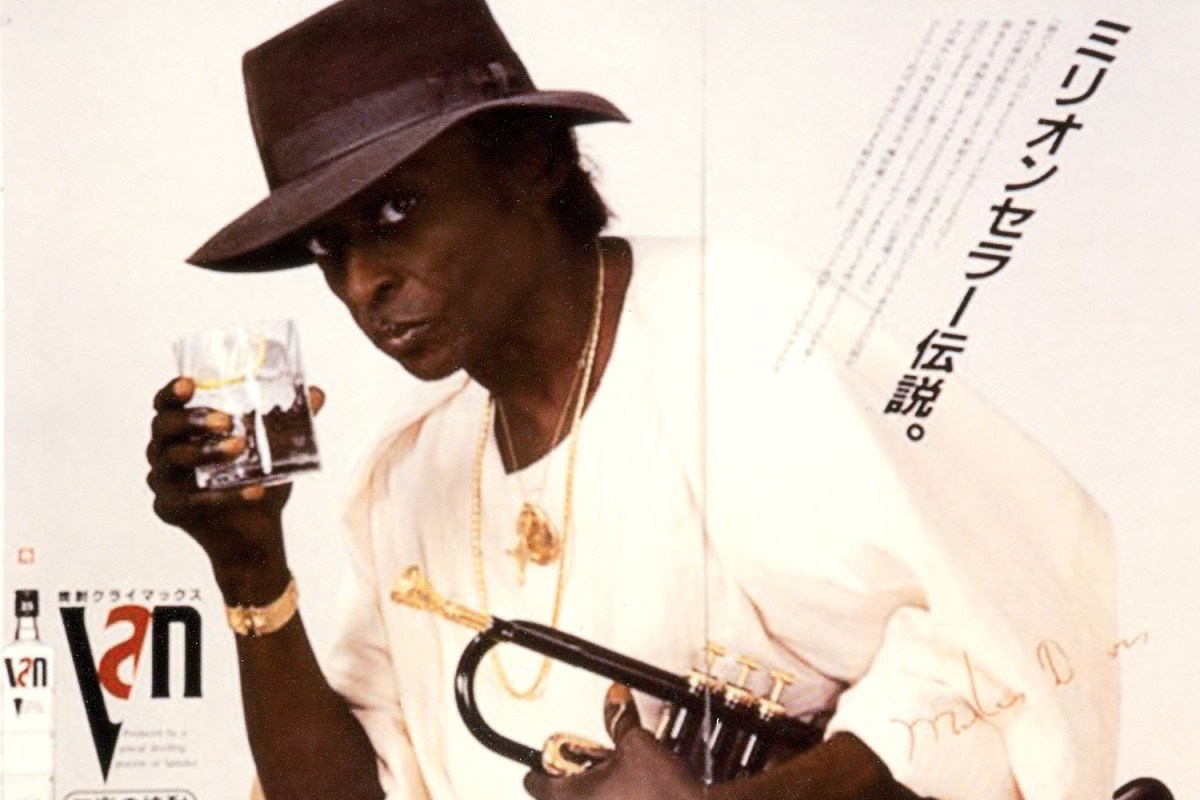
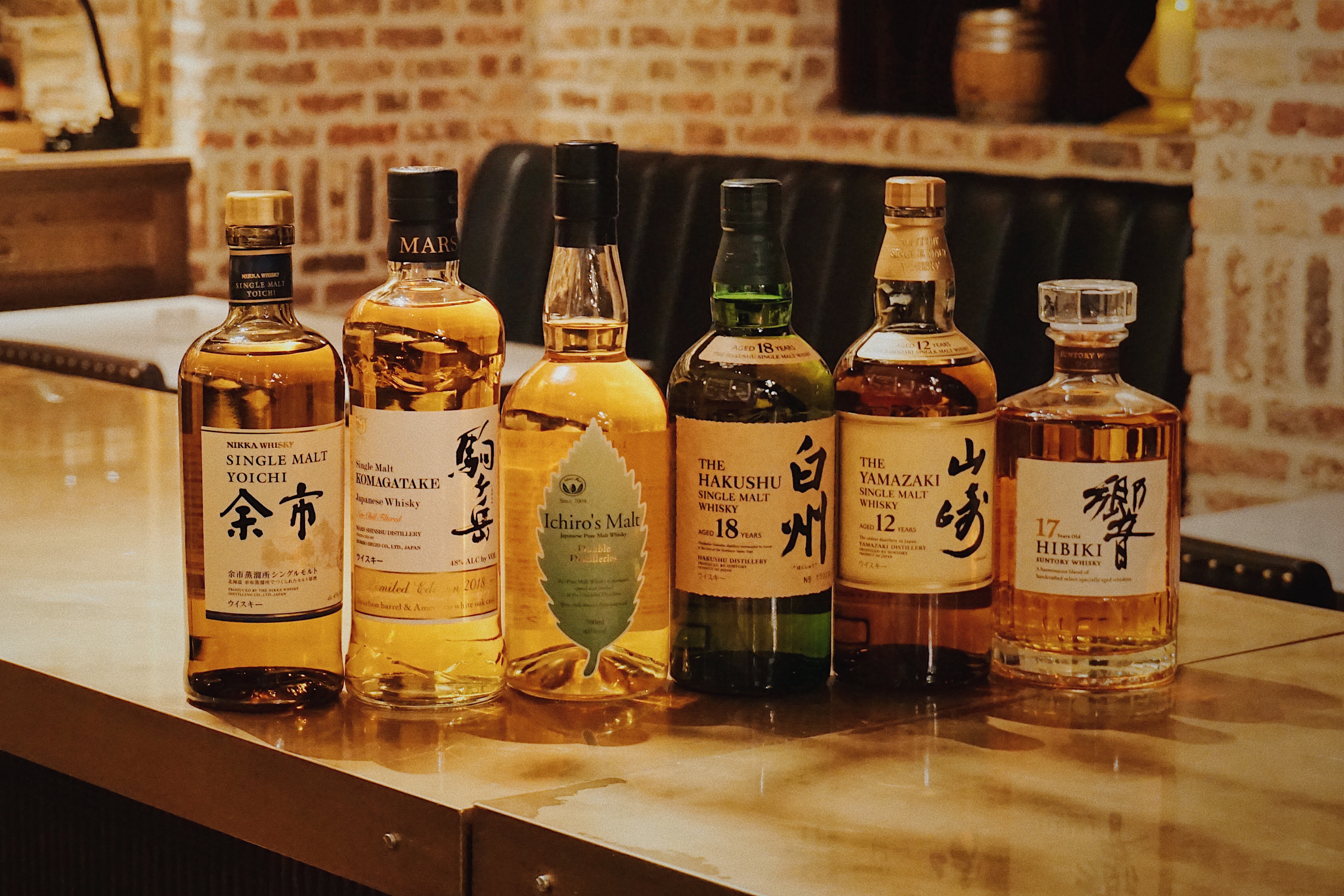
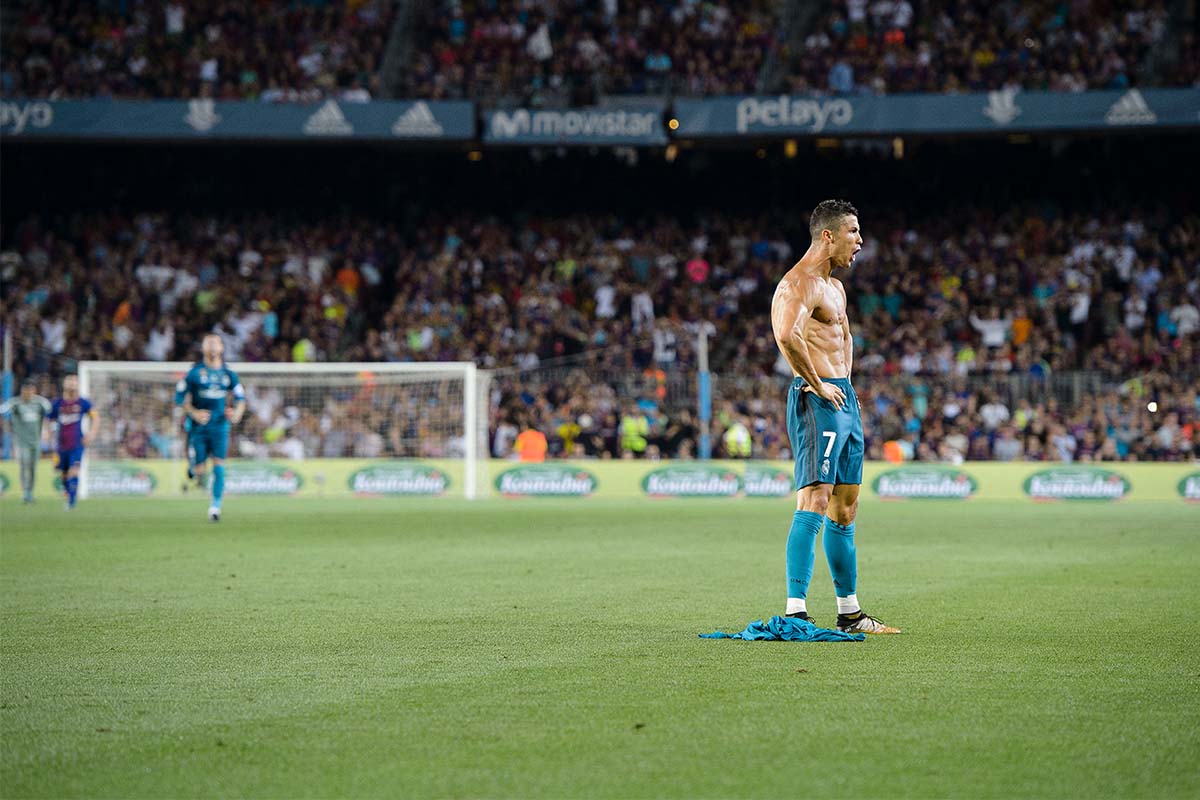















![[L-R] Bill Berry, Michael Stipe, Mike Mills and Peter Buck of R.E.M. at the Aragon Ballroom in Chicago, Illinois on July 7, 1984.](https://www.insidehook.com/wp-content/uploads/2024/12/rem-book-interview.jpg?resize=750%2C750)




